Bob Lin Photography services
Real Estate Photography services
Bob Lin Photography services
Real Estate Photography services
Android How to
iPad and iPhone How to and Issues
Photoshop CS How to
Troubleshooting Android Errors and Issues
Bob Lin Photography services
|
A self-drive tour is a fantastic way to
experience Iceland with freedom and flexibility. Road
trip ensures that you don’t miss out on the very best natural
features and activities this land has to offer. Iceland ring
road is ideal for a self-drive vacation with magnificent
scenery. People may have many questions regarding self-drive
tour in Iceland. Here are some tips. |
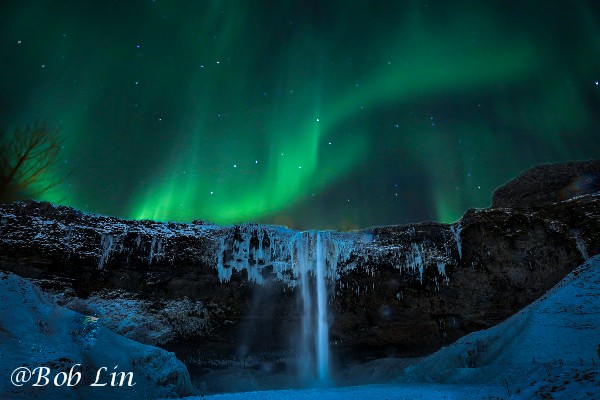 冰岛自驾游及注意事项 |
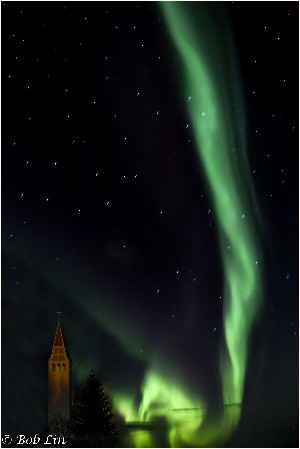 |
Rental auto Insurance:
Normally, US auto insurance covers only USA and Canada. When
renting a car in Iceland, you may have these options. 1) Many car rental companies provide
Personal Accident Insurance and 3rd party liability (Damage
caused to people/property outside the car) included in the rate.
Quoted from online: “All rentals are supposed to have their
terms and rules clearly visible on their websites, that´s the
laws!” For example, our rate already cover above mentioned
insurance coverage. 2) Many credit Card companies provide
worldwide auto insurance. I had American Express and Visa email
me the full explanation of the benefits and both coverage is up
to $50,000. This is AMEX coverage: Car Rental Loss and Damage Insurance is an
excess insurance plan. This means that this excess coverage will
reimburse the Card member only for losses/expenses not covered
by plans, such as a partial collision damage waiver, any
personal auto insurance, employer’s auto insurance or
reimbursement plan or other sources of insurance. When these
other plans apply, a Card member must first seek payment or
reimbursement and receive a determination based on the stated
terms of such other Plans, that any such Plans do not provide
coverage before this excess coverage will reimburse the Card
member. 3) You may find 3dr party like Travelguard
offers a car rental CDW coverage with a limit of $35,000, $250
deductible, which costs $9 per day and they are also OK with
partial coverage from the rental company. This could be good for
the people who do not have AMEX card or other insurances. |
|
However, no matter what kind insurance you
have the car rental company may try to sell you more insurance.
They may say all insurance you have is cover the rented car only
but no other cars. These are some tips quoted from online: 1) Most major credit cards come with a
rental car loss and damage insurance plan. If you get in an
accident while driving a rental, your auto insurance policy will
likely pay most of the damage, but your credit card company
provides secondary coverage. It covers whatever your primary
auto insurance doesn't, paying whatever is left and going toward
your deductible. 2) CDW is often included in the car rental
price, with more optional insurances such as PAI, SCDW, GP, TP,
SAAP/SADW and Premium Insurance. It's advised that you add
gravel protection, especially if you are planning on driving the
South Coast of Iceland or accessing the Central Highlands.
Normally, CDW liability is around 350,000 ISK and SCDW is half
of that. Some customers ask to waive the CDW since it is covered
by their credit card. We do NOT recommend this because, in the
case of an accident, the customer will be fully liable for all
damages to people and/or property. Depending on the severity of
the incident, it can be very expensive and must be paid up
front. In the case of an accident, towing of the vehicle is not
covered by car insurance and will have to be covered by the
customer. Damage done to the car on F roads,
regardless of the car being a 4x4 or not, are not covered by the
insurance policy. Customers proceed at their own risk. We advise
all our visitors to avoid crossing rivers in any vehicle, which
can be treacherous at any time of year. GPS: You may rent a GPS
from the rental company or bring one with European countries
GPS. However, you may have a problem to enter Icelandic. The
options you may have are 1) Search the addresses on Google map and
enter them into the GPS before you go. 2) If you rent it from the rental company,
you may be able to find most popular locations in the GPS. 3) What I recommend to do is using your
phone. I have Google Project Fi which uses T-Mobile. I don’t
have any problem to us my phone as GPS in Iceland. Or you can
purchase a phone SIM when you arrive Iceland. Gas: There are petrol
stations all over Iceland, but if you go to remote areas such as
the West Fjords and the East Fjords, they might be a bit far
between. If you’re travelling in remote areas, it might be a
good idea to tank up when you see a station, as a rule of thumb. In more remote areas, there are famously
some un-manned gas stations, where you can only use the
automatic dispenser. Visa cards works perfectly well but you
need a card with the chip and a 4 digit PIN number to be able to
fill your camper at self-service stations or after hours. If you
want to be on the safe side in case you forgot to get a PIN code
for your credit card, you can always buy a pre-paid gas card you
can use after hours. Some types of cards may not be accepted,
such as Diner’s Club, and possibly American Express. Depending
on the dispenser you may have the choice of using cash. In my
case, I brought Chase debit card with me since my credit card
doesn’t have PIN or I don’t know the PIN. Currency: The currency
in Iceland is called Icelandic króna. Most places and stores
take credit card. We did not exchange US dollar to króna. We
only spent a few dollars for tipping. However,tipping
is not required, but appreciated Language: Icelandic is
the official language of Iceland. It is an Indo-European
language, belonging to the sub-group of North Germanic
languages. However most speak English. Communication won’t be
any problem. Northern light:
Icelanders are a privileged when it comes to the Northern
Lights. They are visible for eight months a year, from early
September to the end of April and in any of these months, you
are likely to see some aurora activity—it just depends on your
luck, the weather and solar activity. To witness the aurora borealis in all their
glory in Iceland requires patience, luck, and the following
conditions to be met: You must be looking between Septembers to
April The night must be as dark as possible (a
fuller moon, for example, will dim the aurora) There should be as little unnatural light
(light pollution) as possible There should be little to no cloud cover There must be enough solar activity These last two conditions can be researched
prior to looking for the lights, by referencing this website:
http://en.vedur.is/weather/forecasts/aurora
Auto: Car rental and
insurance prices are high when compared to many countries.
Except winter, renting an economy size 2WD vehicle is fine. If
you drive long distend or drive on 3 digital number road, you
may want to rent AWD SUV, especially in winter. Other Road trip tips:
1) Most of Iceland's metro roads are amazing to drive on, it's
when you get out of town that you really need to pay attention.
Speeds limits throughout Iceland are lower than in many other
countries. The fastest you'll probably be able to go is 50 to 56
mph on paved highways. The speed limit for cities is typically
31 mph in and 30 km/h in residential areas. Some other driving
laws in Iceland include no right turns on a red light; yielding
to the driver on the right at four-way intersections; and giving
way to drivers in the inside lane in roundabouts. 2) Seatbelts for all passengers, even those
in the back seat, are required. Cell phones cannot be used
without a hands-free headset. 3) Driving under the influence of alcohol
or drugs is strictly forbidden. 4) Drive carefully. Before you head out on
your drive, check for road closures and conditions on road don’t
rely entirely on Google Maps. Chances are it will send you on
the most direct route, which may include roads that are closed
due to snow (even in the summer.) 5) Pack protein bars and snacks. When you
are driving through the country you may not see a place to eat
for an hour or more. Iceland is the kind of country where you
really need to plan ahead a bit and know what you want to do. 6) Plan carefully. Everything is so spread
out that you’ll need to organize your itinerary to minimize
driving time. But you should also leave yourself enough time to
hop out and explore a waterfall, take pictures, and enjoy nature
along the way. 7) The emergency number in Iceland is 112. 8) The Icelandic Road and Coastal
Administration maintains a web site with thorough,
up-to-the-minute weather and road reports. 9) Parking in Reykjavík: There are many
parking options in Reykjavik with specialized parking zones,
multi-storey car parks, parking lots and street parking
available. Parking meters accept Icelandic coins only; however,
ticket dispensers in pay-and-display zones accept both coins and
credit cards. Parking rates in Reykjavík vary according to
parking zones, the closer you park to Reykjavík city centre the
more expensive is it. Keep in mind that the city is relatively
small, so even if you park in the outskirts of Reykjavik centre
you’re only 3-5 minute walk from downtown Reykjavík on foot. 10 ) Parking zones are divided into P1, P2,
P3 and P4. P1 is the red zone and the most expensive parking
zone in Reykjavík but the P1 parking meter ticket is also valid
in zone P1, P2, P3 and P4. P2 is the blue zone but the P2
parking meter ticket is also valid in zone P3 and P4. P3 is the
green zone but the P3 parking meter ticket is only valid in zone
P3. P4 is the yellow zone and the P4 parking meter ticket is
also only valid in zone P4. 11) OFF-ROAD DRIVING: Off-road driving in
Iceland is prohibited by law. Due to our short summers,
Icelandic soil and vegetation is extremely vulnerable. Tire
tracks can leave marks for decades. Please respect Icelandic
nature and tread carefully. 12) ICELANDIC ROADS: The Icelandic road
system is extensive and easy to navigate. Highway no. 1,
commonly known as the Ring Road, is the most travelled route
around Iceland. It is open throughout the year, but weather
conditions can cause temporary closures during winter. Most
major highways are paved, but it may surprise travelers to learn
that a large portion of the Icelandic road system is made up of
gravel roads, particularly in the highlands. 13) Drive on the right side: People drive
on the right side of the road in Iceland. During the winter,
this can be difficult given the invading snow-stacks, forcing
drivers further center into the road. If this is absolutely
necessary, make sure to drive very slowly, keeping your eye out
constantly for oncoming headlights and making sufficient room to
allow them passage. 14) single-lane bridges: In the
countryside, you may encounter some single-lane bridges or
single lane tunnels. Before you enter, there will be a sign
showing the right of way. Drive slowly so that you can stop the
car on the slip roads provided. 15) Entrance fees: Normally,
there are no entrance fees to national parks or attractions
except some commercial attractions such as Blue Lagoon. Most
attractions are very close to the parking lots.
|
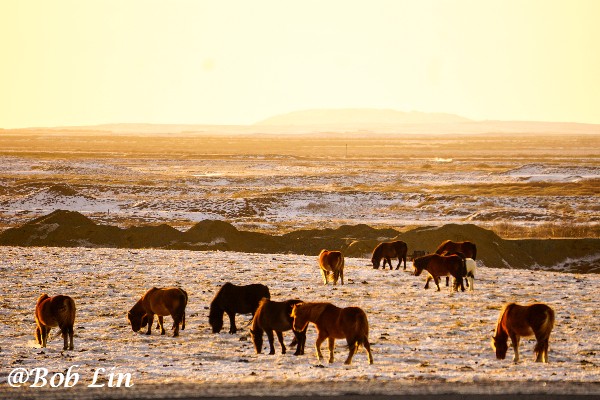 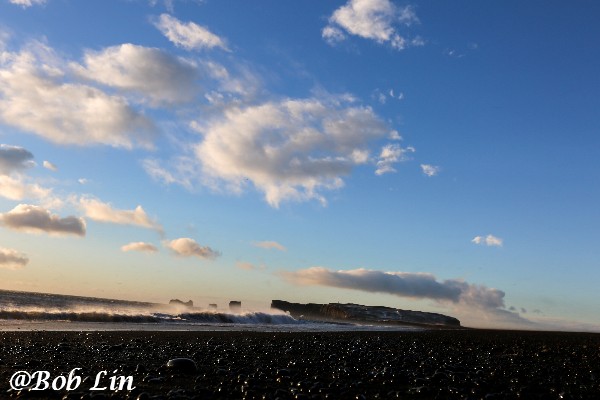 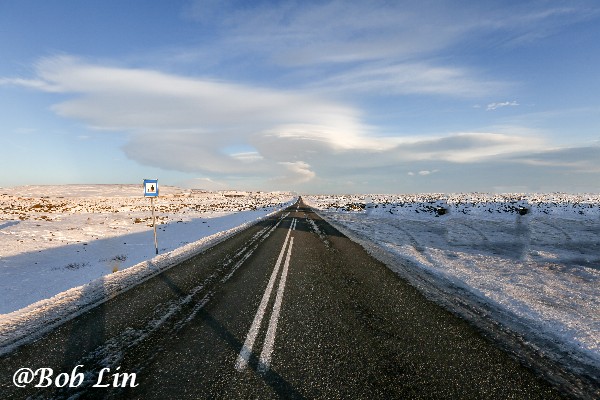 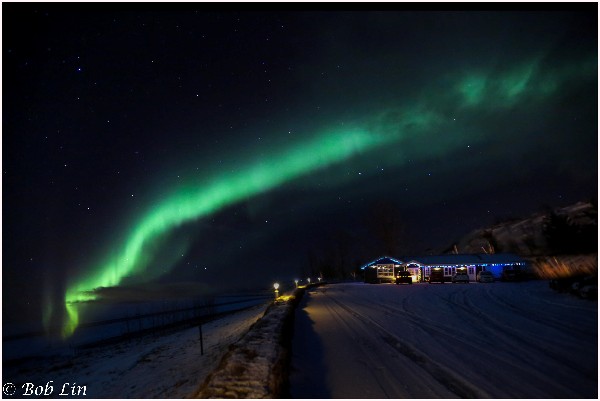 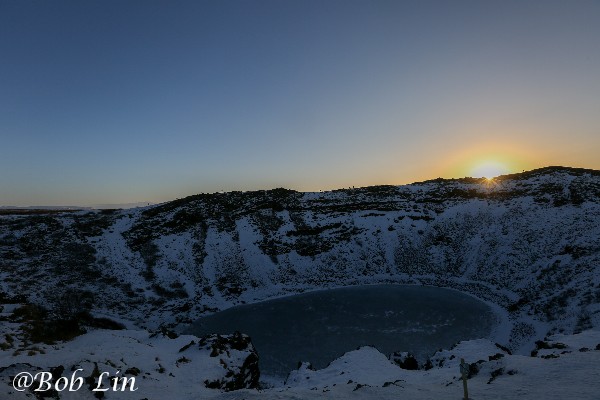 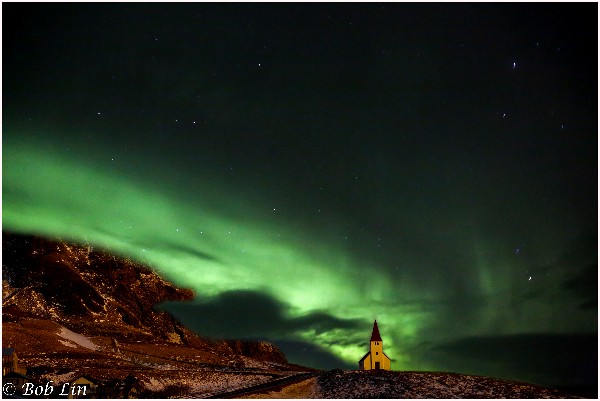 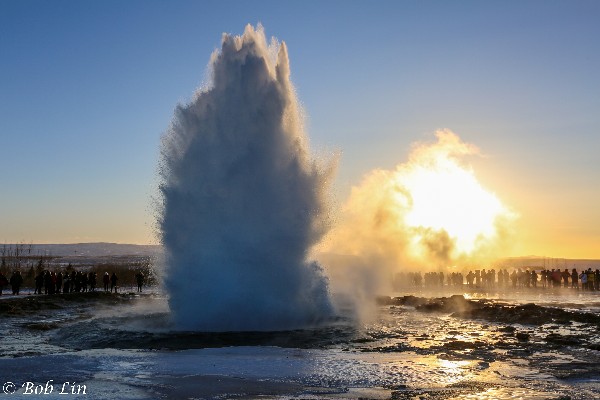 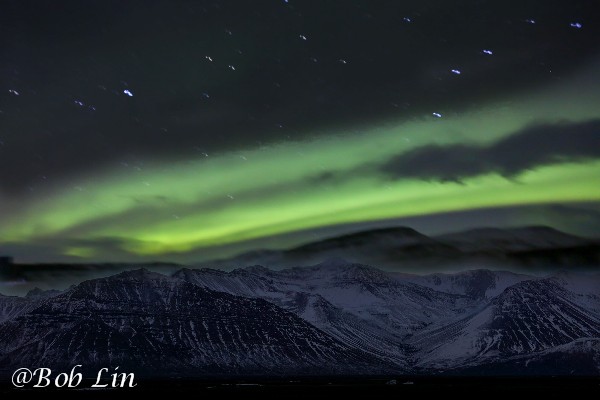 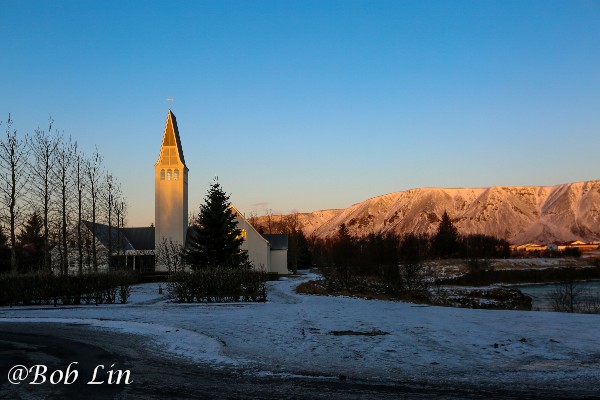 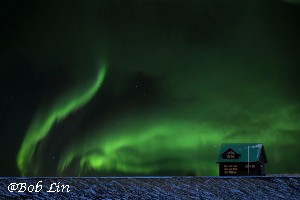 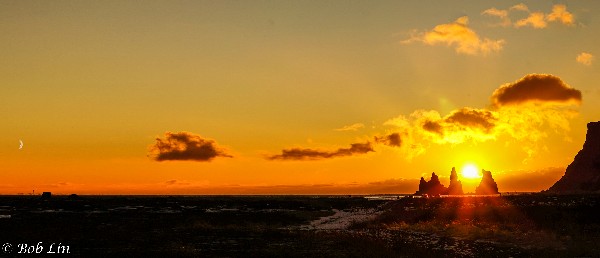 |
For consulting service, Contact Us
Bob Lin Photography services
Real Estate Photography services